It’s hard to believe in our era of mobile gaming, but there was once a time when people would routinely carry around little devices dedicated purely to games. Over the course of several decades, handheld gaming carved out a considerable niche in the industry, bringing us some of our most memorable interactive experiences. While handhelds aren’t as common as they used to be, they’re a force of happiness and nostalgia for many a gamer.
While dozens of handheld consoles from a variety of companies have hit the market in the last 40 years or so, only a few have stood the test of time to remain entrenched in our collective imagination. Most of them are from Nintendo, the ubiquitous creator of the Game Boy, the DS, and other platforms that have enraptured us for generations now. To celebrate the enduring legacies of these and other handhelds, we’re picking our favorites from a very, very long list.
Here are the best handheld game consoles of all time.
Game Boy
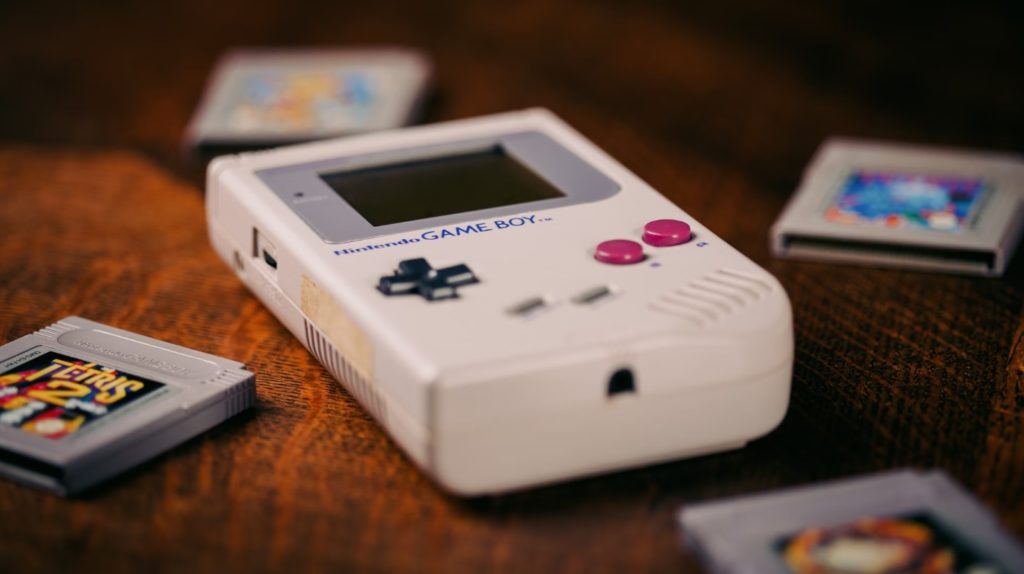
How could we not start with the Game Boy? Nintendo’s legendary handheld was not its first foray into the world of portable gaming – that title is claimed by the Game and Watch – but the Game Boy is what really established handhelds in households around the world. Part of its success comes from its bundling with Tetris, which took the world by storm when it was released in the 80s.
Tetris wasn’t the only game that carried Nintendo’s little handheld to towering sales heights. With huge titles like Pokémon Red and Blue, Super Mario Land, The Legend of Zelda: Link’s Awakening, and more, it’s no surprise the Game Boy quickly became a worldwide phenomenon. Game Boy owners could even connect their handhelds using a Nintendo Game Link Cable to play with others, facilitating community through gaming. Though it released all the way back in 1989, it remained the bestselling handheld in the world until 2010, when the DS passed it. Great games, sturdy hardware that could take a beating, and an unparalleled legacy land the Game Boy on our list.
Game Boy Advance
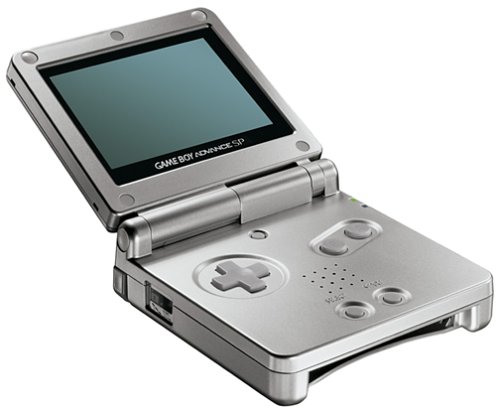
After the Game Boy, it seemed impossible for Nintendo to create a worthy follow-up. Even though the Game Boy Advance didn’t sell quite as well as the Game Boy and had its life cut short by the relatively early release of the Nintendo DS, it’s still another fantastic handheld with an excellent library of games. While the Game Boy Advance, the Game Boy Advance SP, and the Game Boy Micro all played GBA games, we’re choosing the SP as our favorite thanks to its portable clamshell design, backlit screen, and Game Boy backwards compatibility.
Graphically, the GBA was a huge step up from the Game Boy and the Game Boy Color. The GBA was about equivalent to an SNES, giving it a 16-bit advantage over the Game Boy’s meager (by comparison) 8-bit hardware. Popular franchises like Advance Wars and Golden Sun got their start on the GBA, and it gave us incredible titles from established series like Metroid.
The GBA could also take advantage of the Wireless Adapter hardware upgrade, which was packaged with Pokémon FireRed and LeafGreen and allowed players to communicate wirelessly. In an era when wireless technology wasn’t as widespread as it is today, it was incredible to be able to trade and battle without having to deal with fussy cables. Even today, the Game Boy Advance is regarded as a trailblazer in the world of wireless tech.
Nintendo DS

While it might seem like we’re favoring Nintendo handhelds on this list, the truth is the Big N simply dominated the portable gaming market for a long, long time. While companies like Sega, Bandai, SNK, and Nokia tried to take their share of the handheld craze the Game Boy started, none came close to Nintendo’s success for a very long time.
After the success of the GBA (and the relative failure of the Game Boy Micro, which usually gets swept under the rug), Nintendo followed up that platform with the DS. Up until this point, most competing handhelds had followed the form factor of the Game Boy: one screen surrounded by speakers and buttons. The DS, and its subsequent DS Lite remodel, set a new trend by including two separate screens and making the bottom one touch-sensitive via either a finger or the included stylus.
Game developers, including Nintendo itself, loved the new hardware and made tons of innovative games that incorporated the dual screens, touch capability, and built-in microphone. The DS was the home of New Super Mario Bros., The World Ends With You, Animal Crossing: Wild World, the Mario & Luigi series, and hundreds of others. Sales-wise, the DS soared past the Game Boy’s record and remains the bestselling handheld of all time to this day. For that alone, it would earn a spot on this list, but there’s so much more to this classic handheld’s legacy that makes it one of the best.
PlayStation Portable
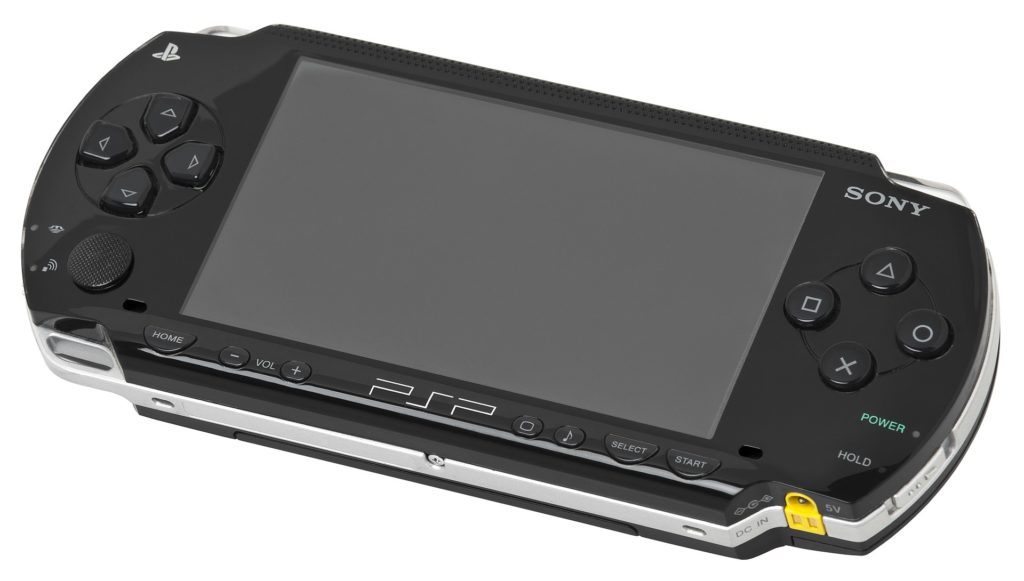
Finally, a non-Nintendo handheld! Sony got into the portable business in 2004 when it released the PlayStation Portable, usually referred to as the PSP. It played games just like the DS, its main competitor, but it could also play movies and music via the Universal Media Disc format. While Nintendo handhelds were lauded for their high-quality selection of games, they couldn’t do much else in the way of media entertainment. Drawing on its background in music and technology, Sony hoped to entice customers to choose the PSP over the DS thanks to its wider selection of entertainment.
While the PSP sold very well and had a quality selection of games, it’s often overshadowed by the DS’ record-shattering sales. That’s not to say this little handheld should be skipped, though: it played host to classic franchises like Persona, Grand Theft Auto, Final Fantasy Tactics, and Kingdom Hearts. The system’s legacy is pronounced enough that Sony is including some PSP games in its overhauled PS Plus service, which is enough to grant it the last spot on our list.
Honorable Mention: Nintendo Switch
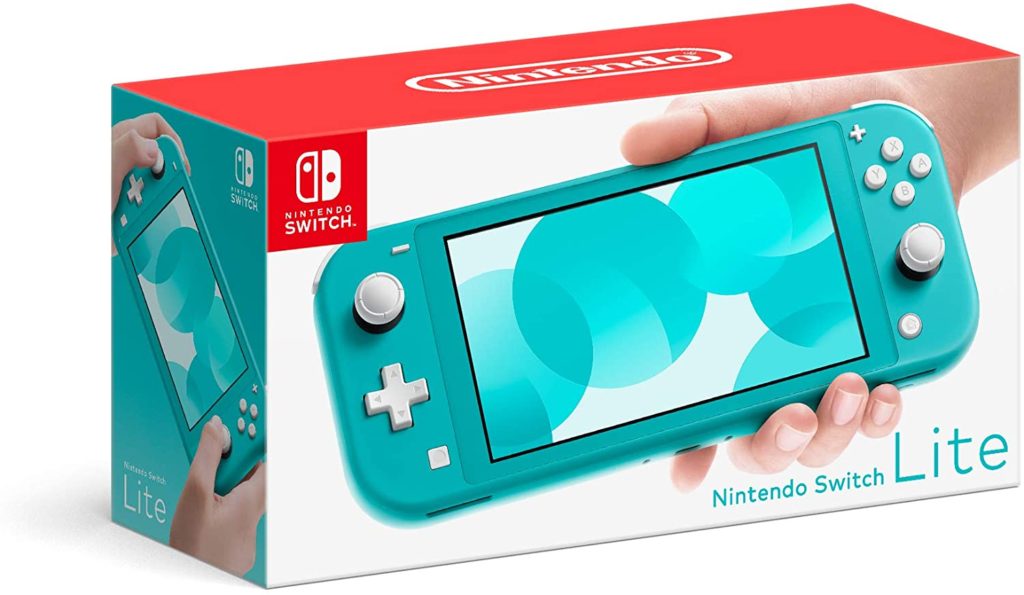
The Switch is a handheld, but it’s also not a handheld. (Does that make sense?) In a “What will they come up with next” moment several years ago, Nintendo revealed the Switch, a hybrid home console and handheld platform. The company has since also released the Switch Lite, which really is just a handheld and can’t connect to a TV like a typical console.
We’re not formally including the Switch on this list because it’s not a “full” handheld like all the other platforms, but we would be remiss not to mention it. The Switch came on the heels of the Wii U, one of Nintendo’s few commercial failures. Not long after its release, it turned the company’s fortunes around with a suite of excellent games, fun features, and that good old Nintendo charm that fans know and love.
While it lags behind competing home consoles in terms of connectivity potential and app-based entertainment, the Switch is an example of a Nintendo creation at its best: a fun, innovative console that isn’t afraid to be different.


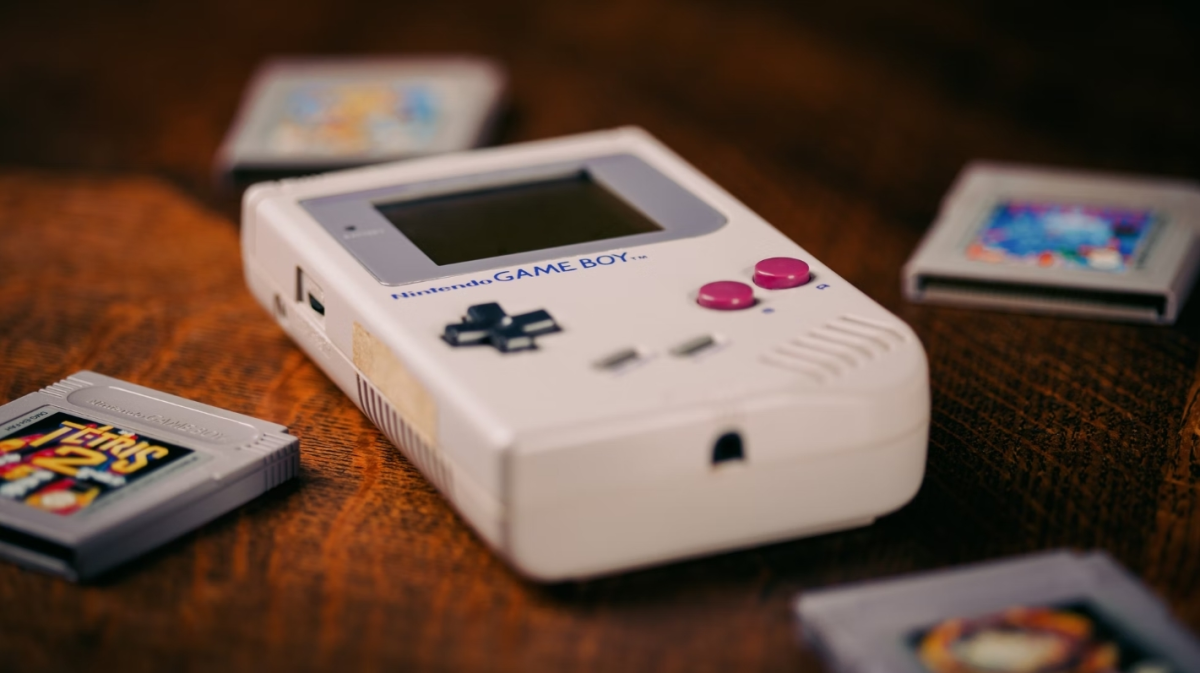
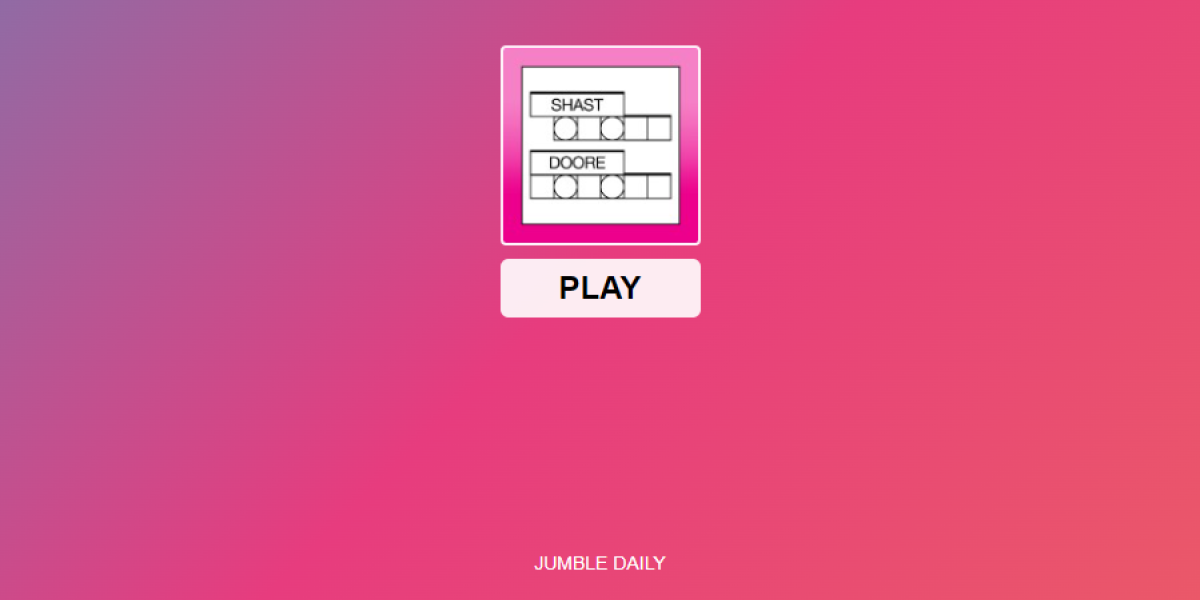
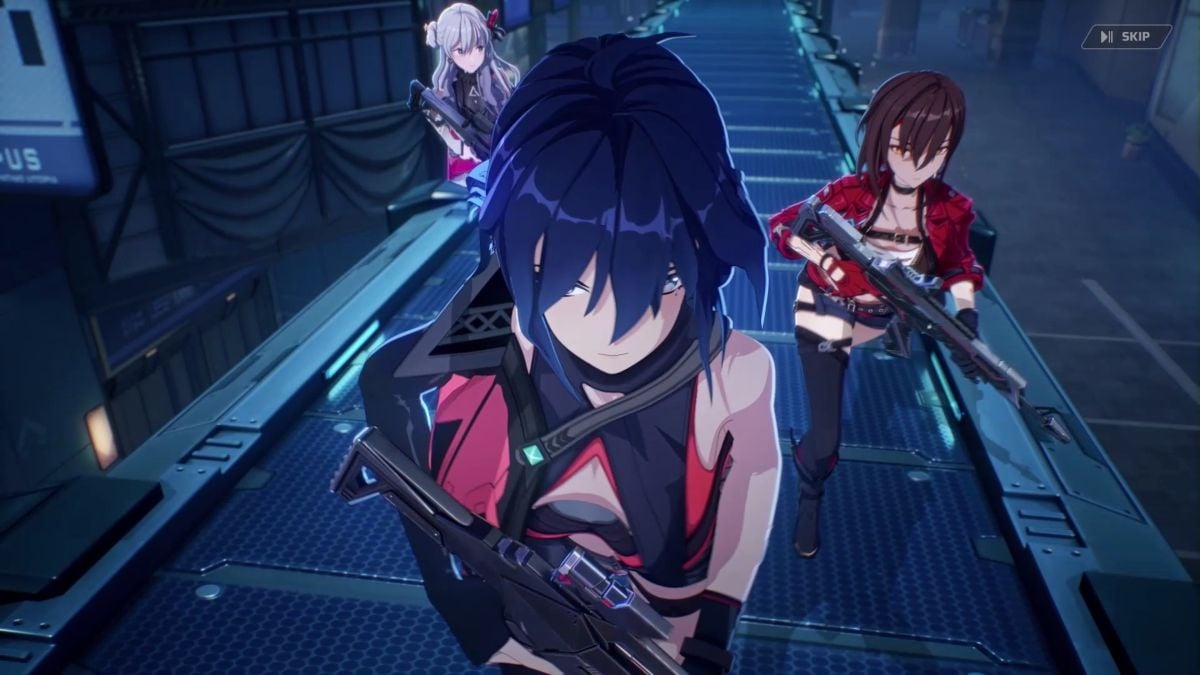
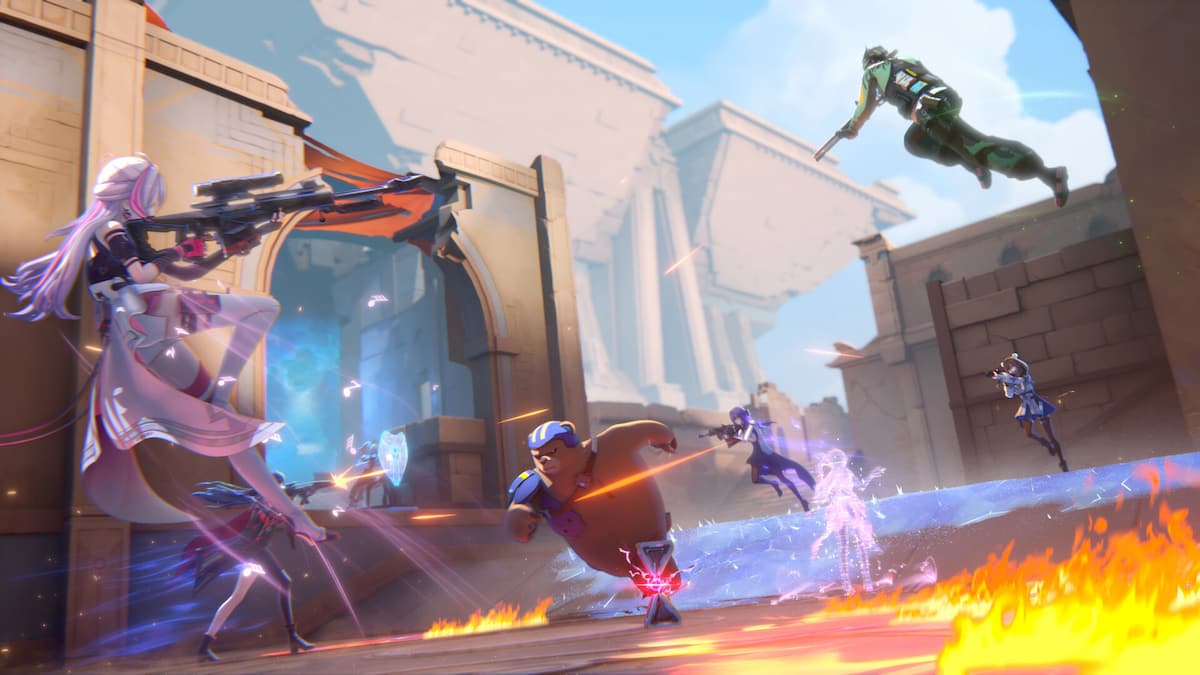
Published: May 19, 2022 08:29 pm